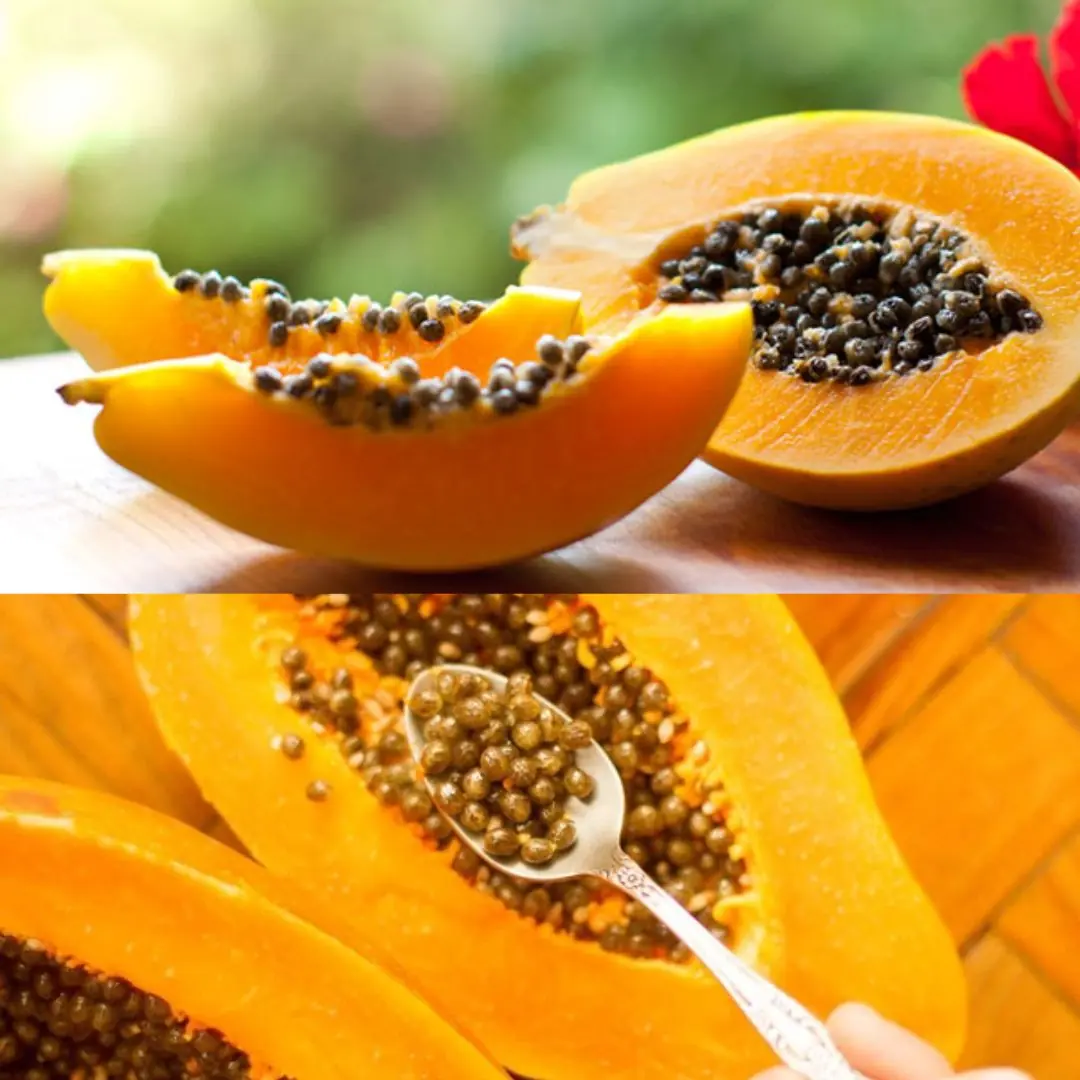
Wild Lettuce Root – Benefits, Uses, and Natural Pain Relief Properties
Wild lettuce (Lactuca virosa), often called “nature’s painkiller”, is a plant long used in traditional herbal medicine for its soothing and calming properties. While the leaves and sap (known as lactucarium) are well-known, the root of the wild lettuce also contains valuable compounds that support pain management, relaxation, and overall wellness.
Let’s explore what makes wild lettuce root such a powerful yet underrated natural remedy.
What Is Wild Lettuce Root?
Wild lettuce is a tall, leafy biennial plant from the daisy family (Asteraceae), native to Europe and North America.
The plant produces a milky sap containing natural compounds like lactucin and lactucopicrin, which are known for their sedative and analgesic effects.
The root, although less discussed, also contains these active components — concentrated in a form that can be used for teas, tinctures, or extracts.
Nutritional and Medicinal Components
The root of wild lettuce contains:
Sesquiterpene lactones – natural compounds with anti-inflammatory and pain-relieving activity.
Flavonoids – antioxidants that protect cells from damage and oxidative stress.
Bitter glycosides – promote digestion and mild detoxification.
Lactucarium – the “white sap” compound responsible for the calming effects similar to mild opiates (but non-addictive).
Top Health Benefits of Wild Lettuce Root
1.Natural Pain Relief
Wild lettuce root acts as a natural analgesic, helping relieve pain without the side effects of synthetic medications.
Traditionally, it’s been used for:
Joint pain and arthritis
Muscle soreness
Headaches and migraines
Menstrual cramps
2.Supports Relaxation and Sleep
Thanks to its mild sedative properties, wild lettuce root helps calm the nervous system and promote better sleep.
A cup of wild lettuce root tea before bed can ease anxiety, restlessness, and insomnia.
3.Eases Anxiety and Stress
The plant has nervine effects — it supports and tones the nervous system, reducing nervous tension and emotional fatigue.
4.Soothes Respiratory Issues
In traditional medicine, wild lettuce root was used as a natural cough suppressant and to ease irritation in the throat and lungs.
5.Aids Digestion and Detoxification
Its mild bitterness helps stimulate bile production, improving digestion and gentle liver cleansing.
How to Use Wild Lettuce Root
As a Tea
Simmer 1 teaspoon of dried root in 1 cup of water for 10–15 minutes.
Strain and drink up to twice a day.
(The taste is bitter, so many mix it with honey or mint.)
As a Tincture
Take 1–2 ml (about 20–40 drops) of tincture diluted in water, 2–3 times daily.
This is one of the most effective ways to extract the plant’s active compounds.
In Powder or Capsule Form
Available in health food stores or herbal apothecaries — useful for pain relief or relaxation.
Precautions
Wild lettuce should be used in moderation; high doses can cause dizziness or nausea.
Avoid use during pregnancy or while breastfeeding.
People taking sedatives or pain medications should consult a healthcare professional before use.
Wild lettuce root is a hidden gem of herbal medicine — a natural pain reliever, relaxant, and detoxifier that has supported human health for centuries.
When used responsibly, it offers a gentle and effective way to ease tension, improve sleep, and support overall well-being — truly a gift from nature for body and mind.
News in the same category

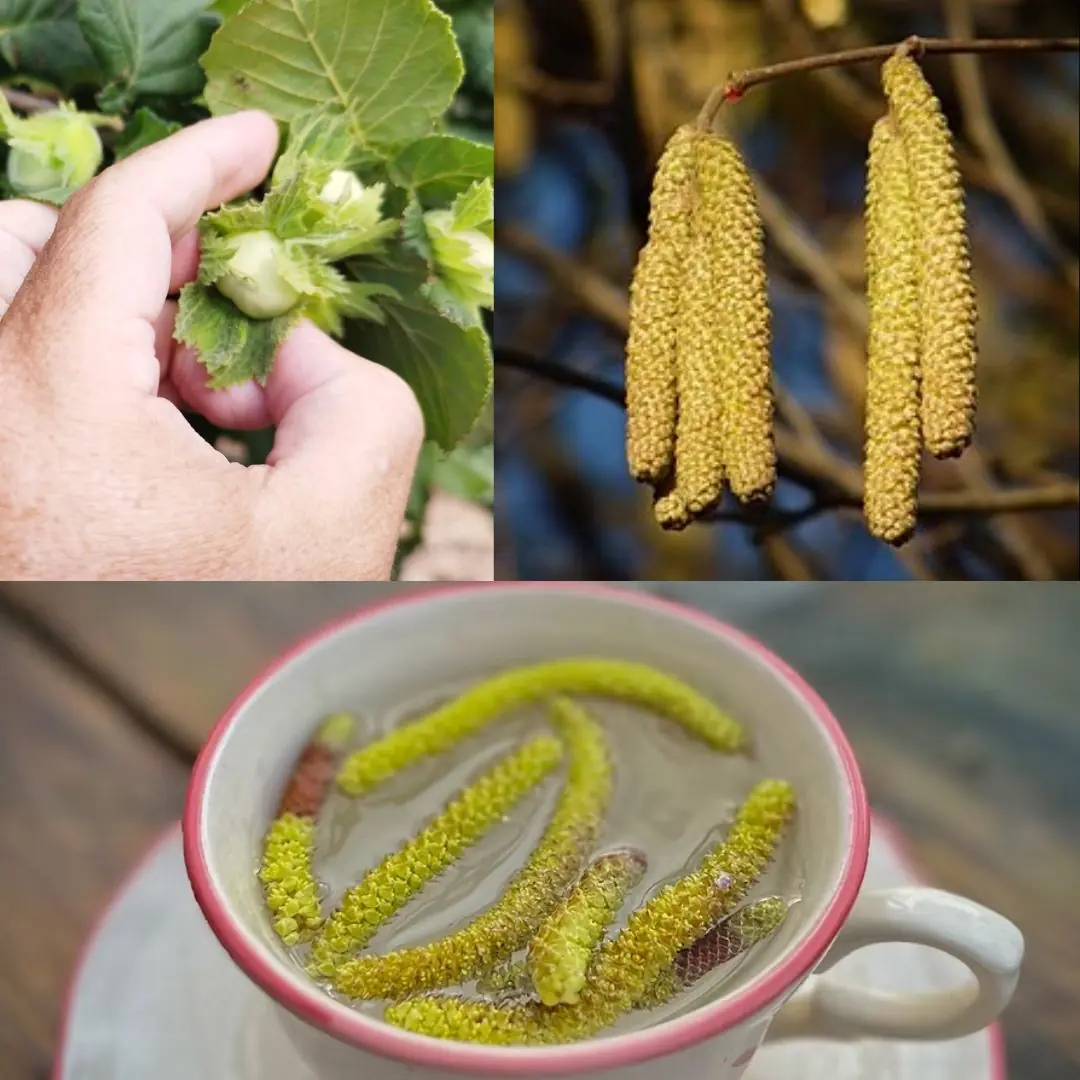
The Wonderful Hazel Tree (Corylus avellana): Nutrition, Healing, and Traditional Uses of Every Part
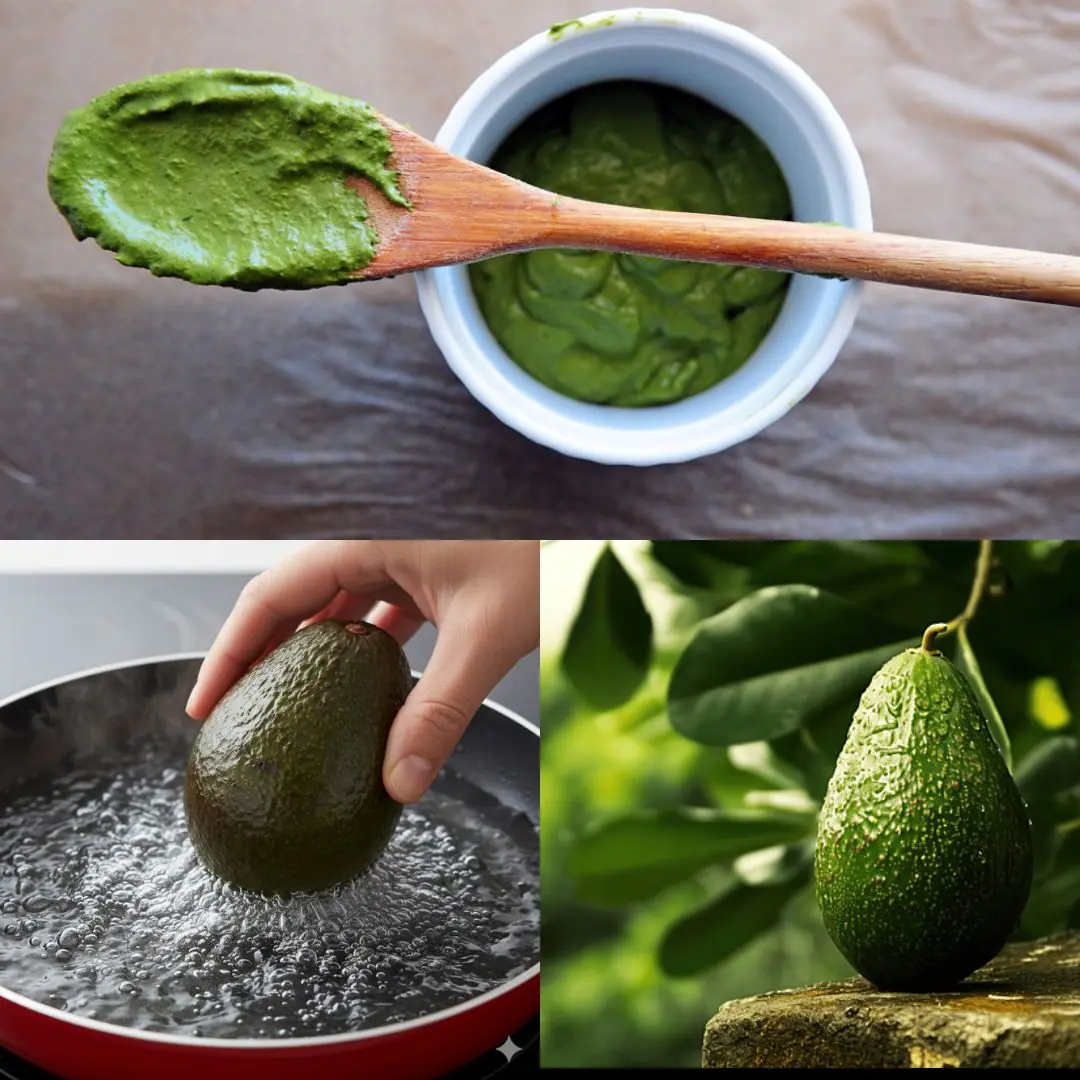
Boiling a Whole Avocado: The Secret to Softness, Nutrition, and a Delicious Baked Recipe
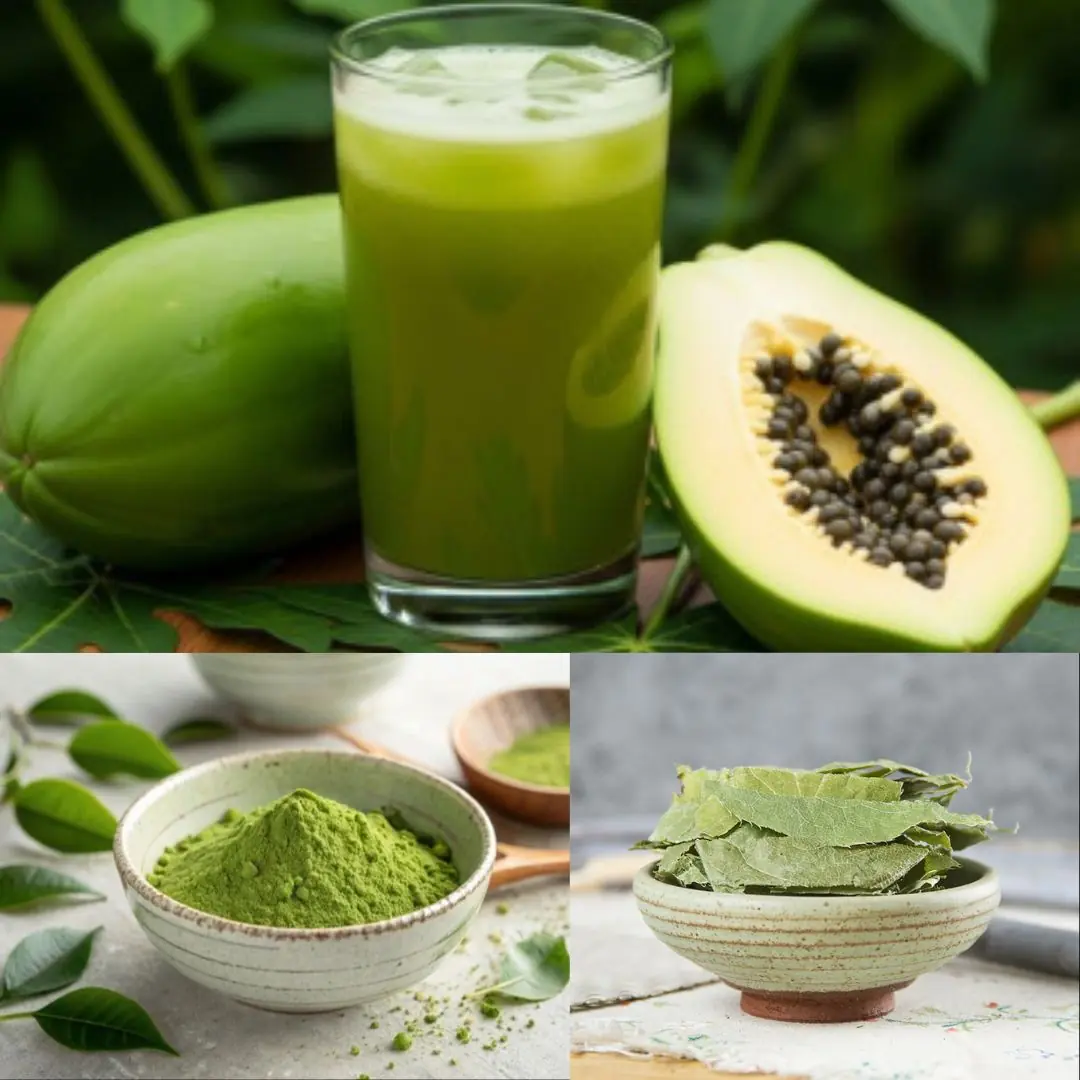
The Hidden Healing Power of Papaya Leaves
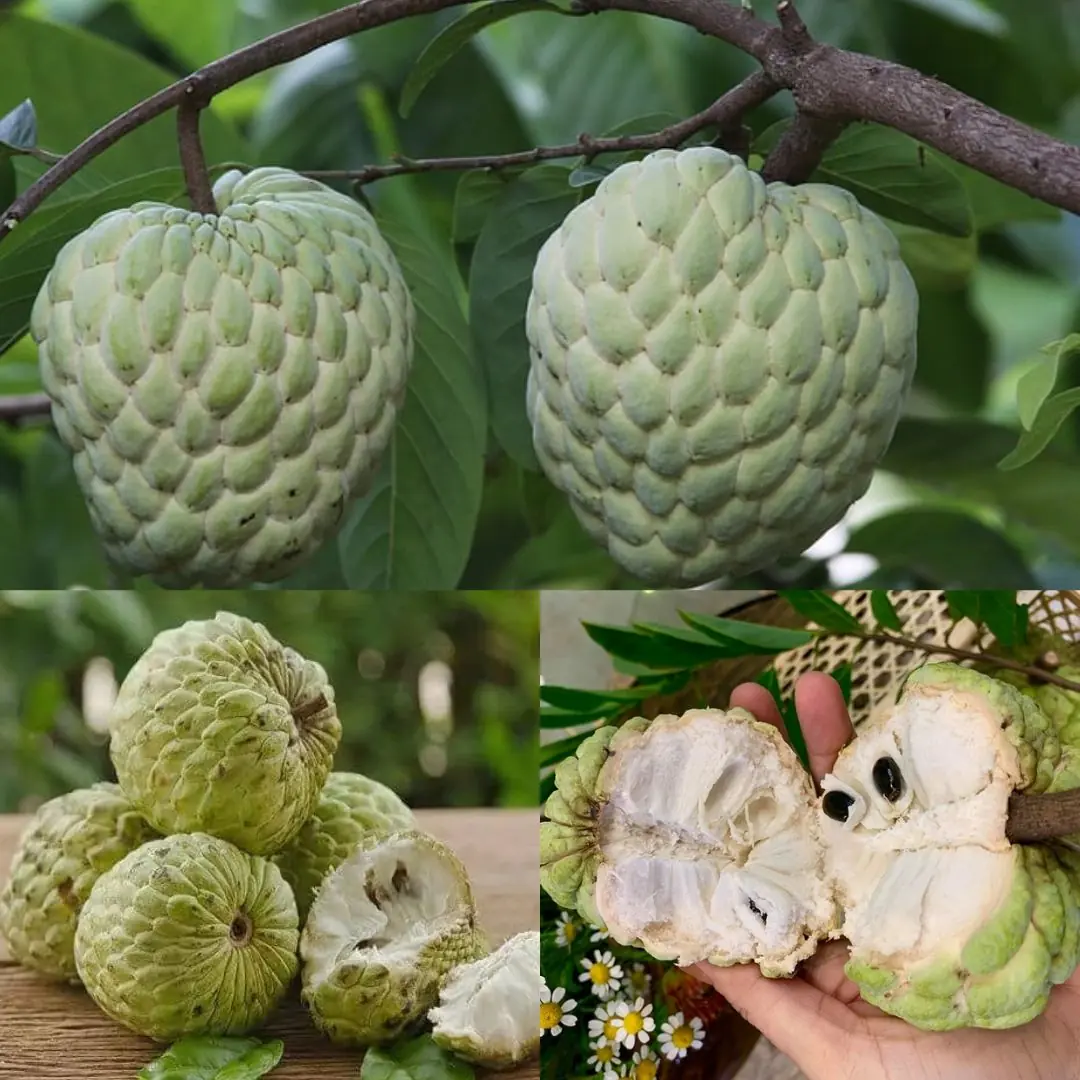
Sugar Apple (Annona squamosa): A Sweet Fruit with Powerful Health Benefits

25 Worrying Signs Your Body Is Trying to Warn You of Serious Health Problems (and What to Do About Them)
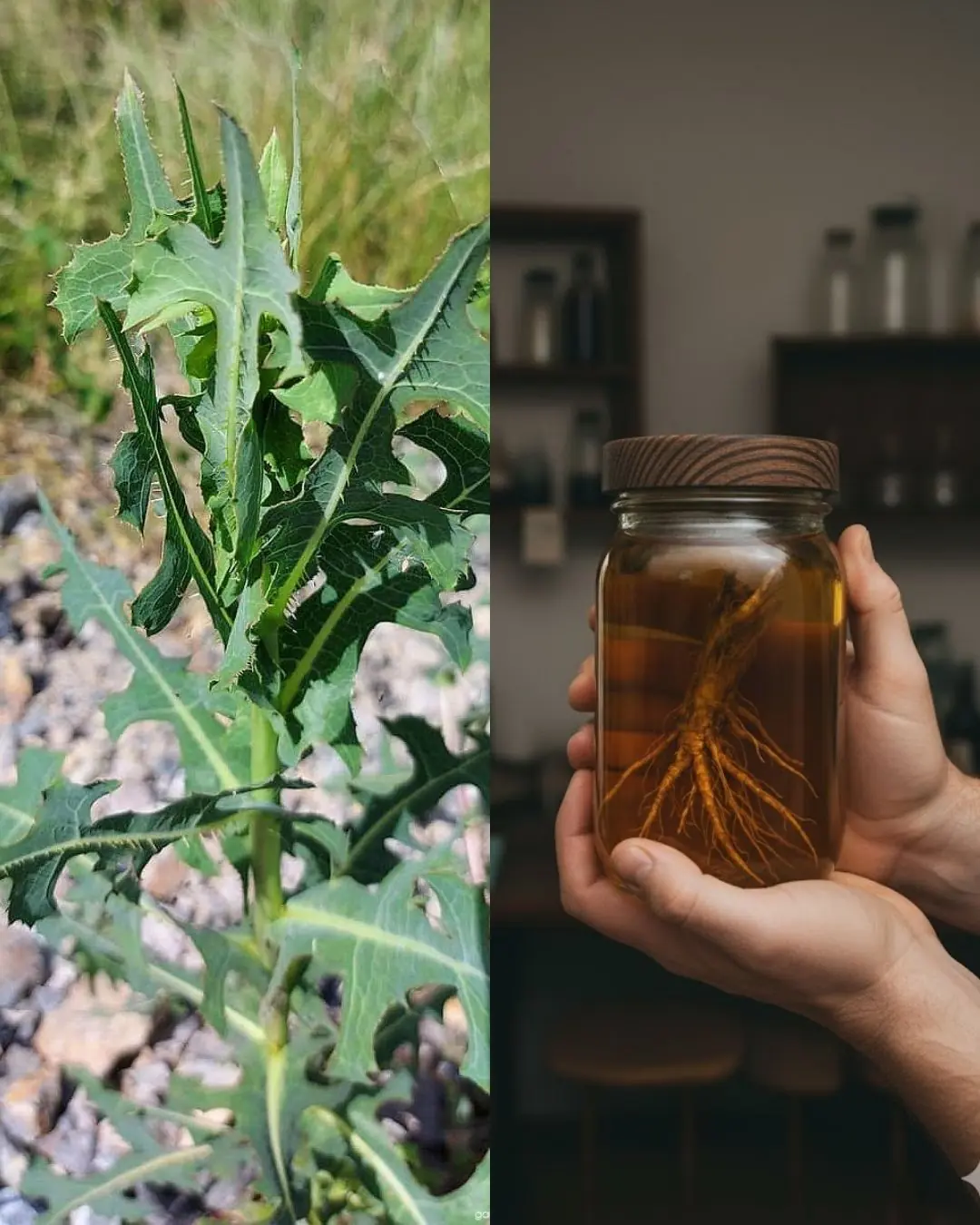
The Hidden Power of Lactuca serriola Root (Prickly Lettuce Root)

Maple Trees from Root to Crown: A Complete Guide to Every Edible Part
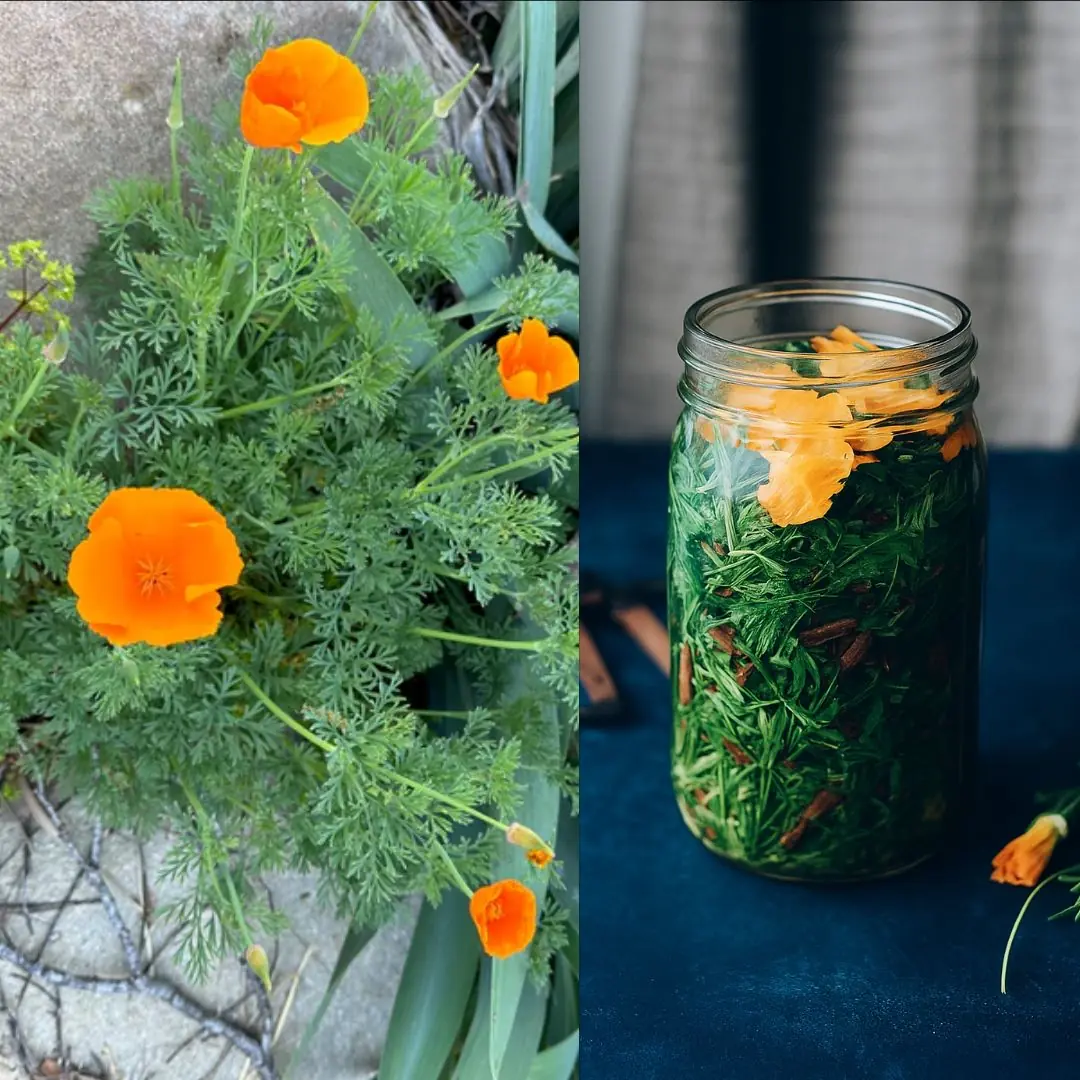
California Poppy: Nature’s Gentle Remedy for Relaxation and More
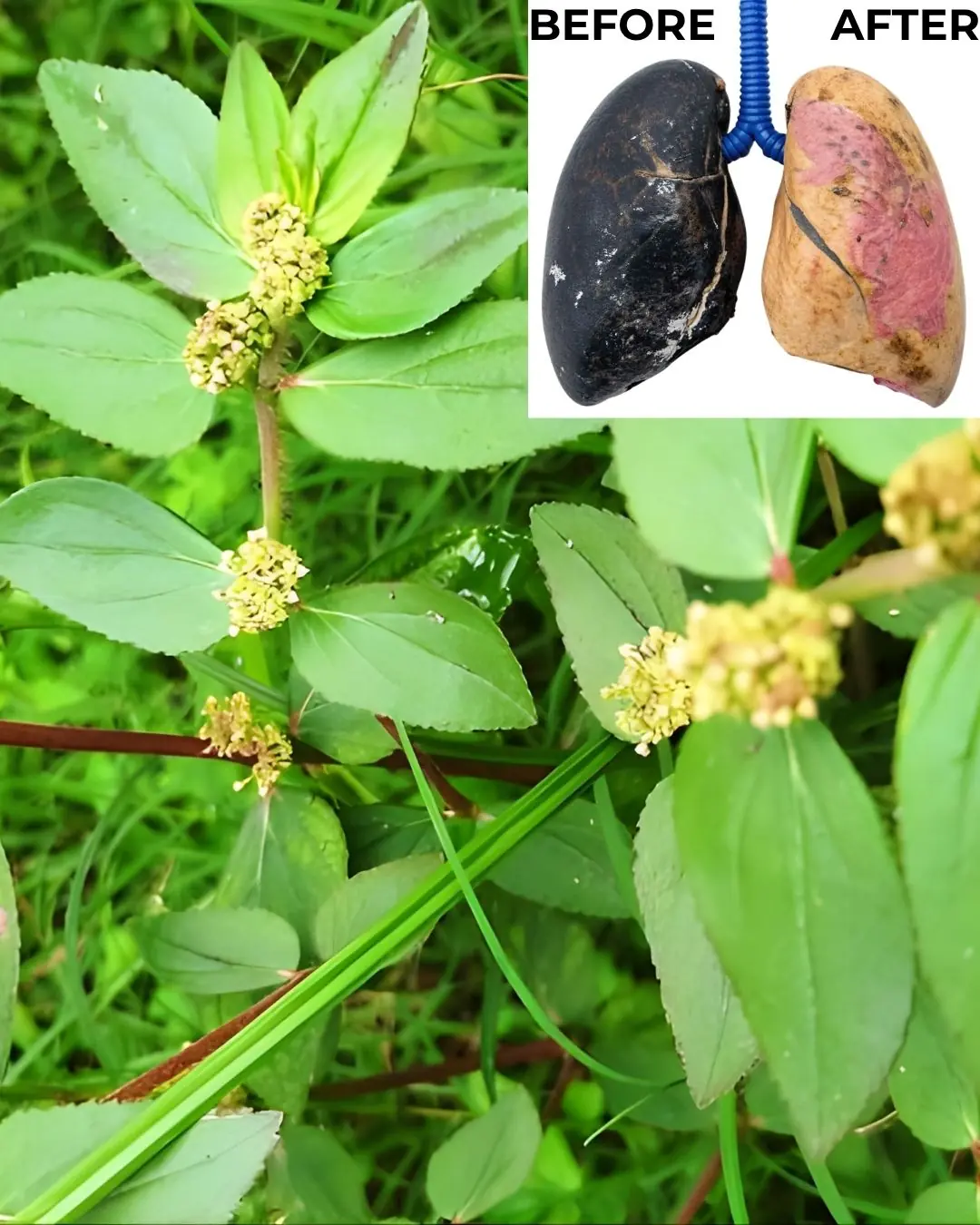
Euphorbia Hirta: 30 Benefits and How to Use It Safely

The Hidden Power of Common Lantana (Lantana camara): What You Can Safely Do with It at Home

Turn Papaya Leaves Into a Powerful Homemade Detergent
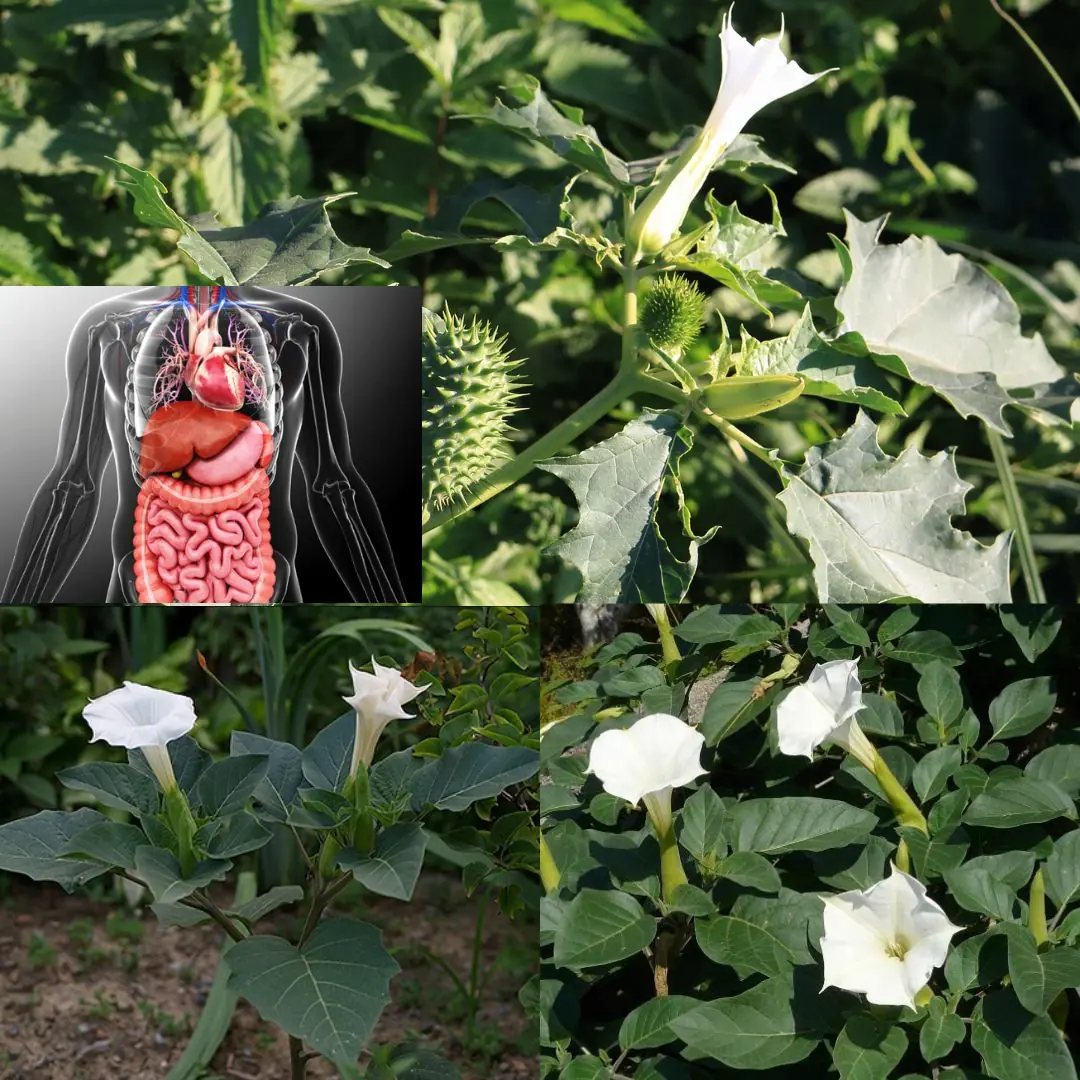
The Datura Genus: Why You Should Keep Your Distance from These Toxic Plants
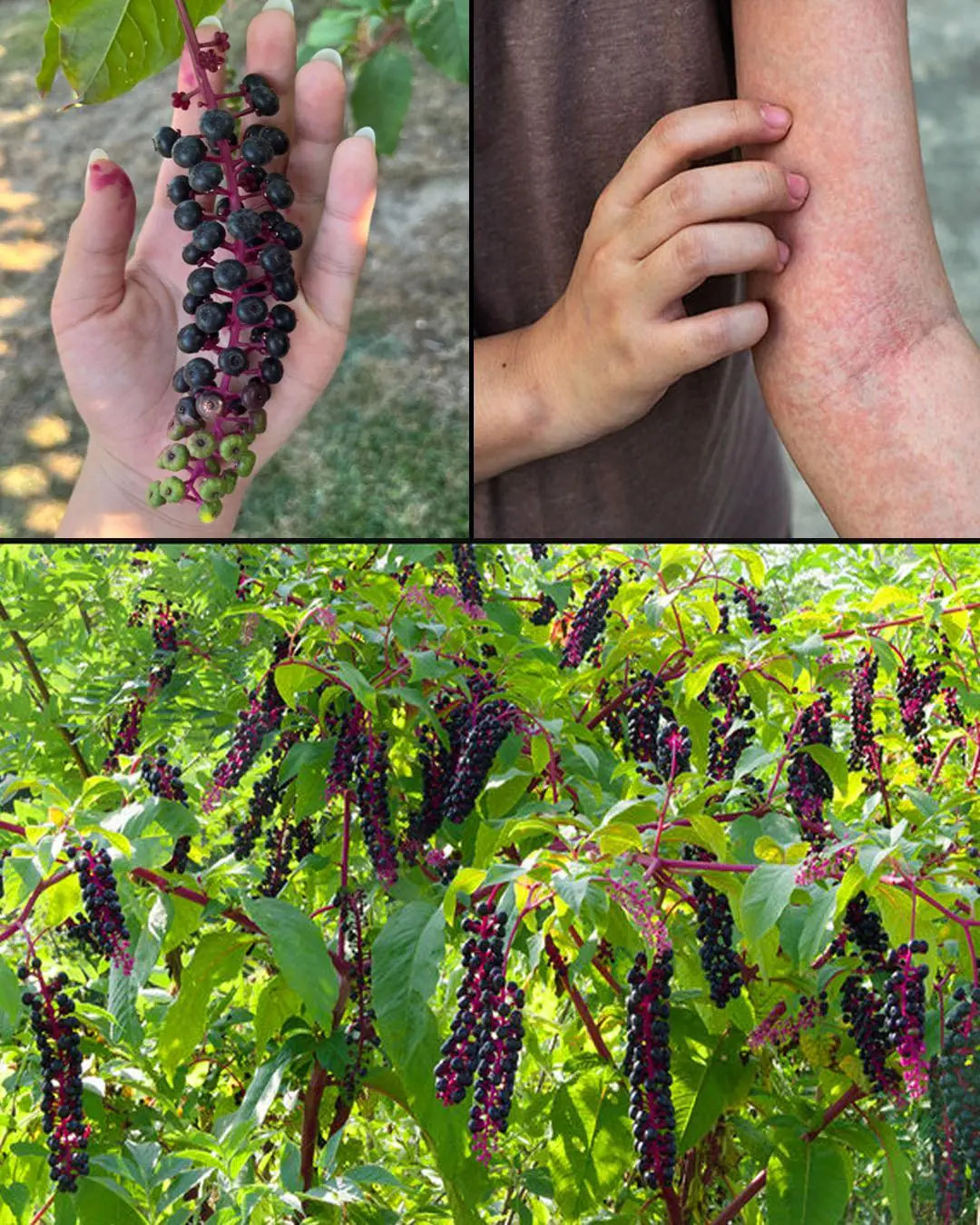
Pokeweed: The Attractive but Highly Toxic Plant Growing in Your Backyard
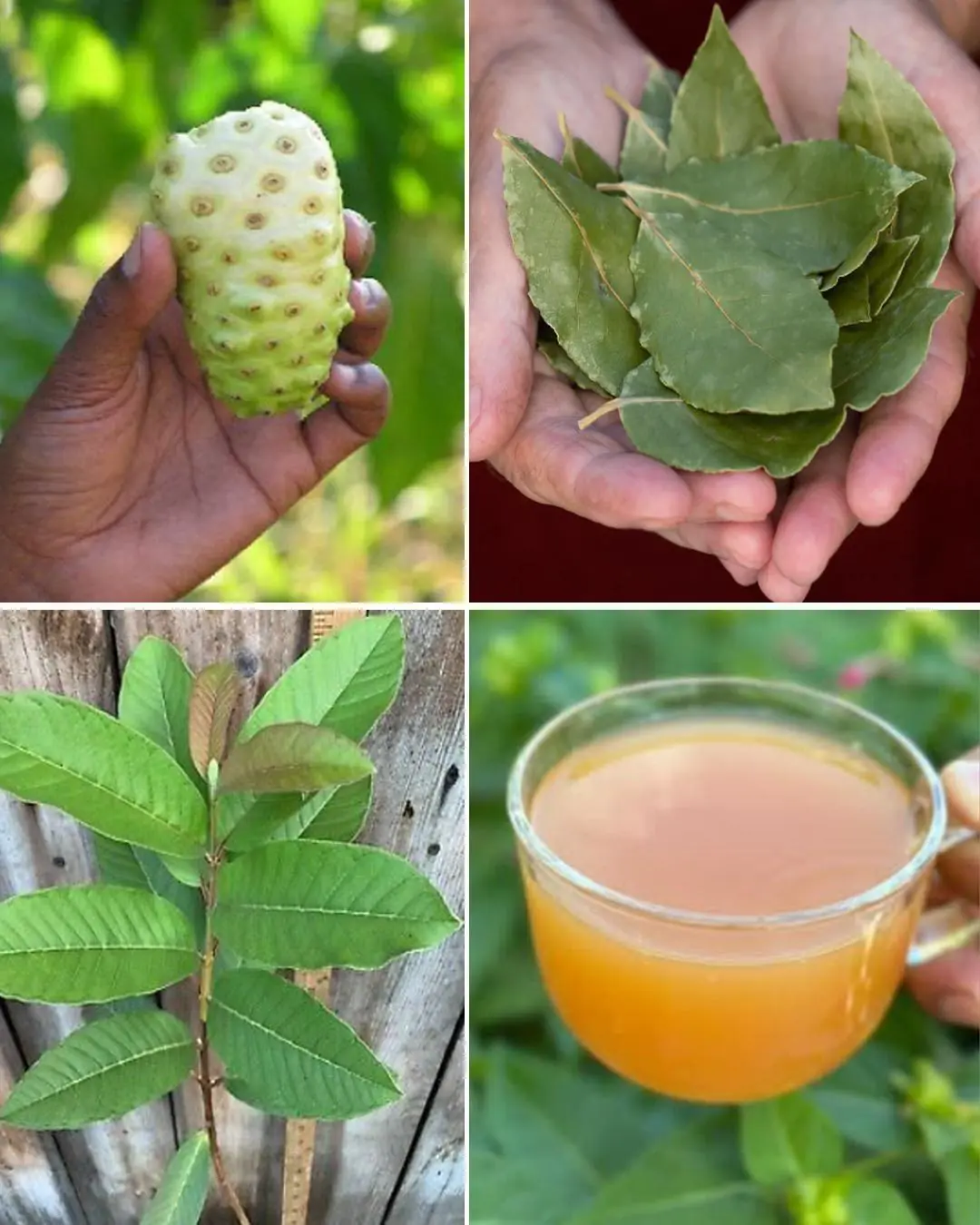
The Ultimate Healing Tonic: A Powerful Drink to Combat Swollen Feet, Diabetes and Poor Circulation
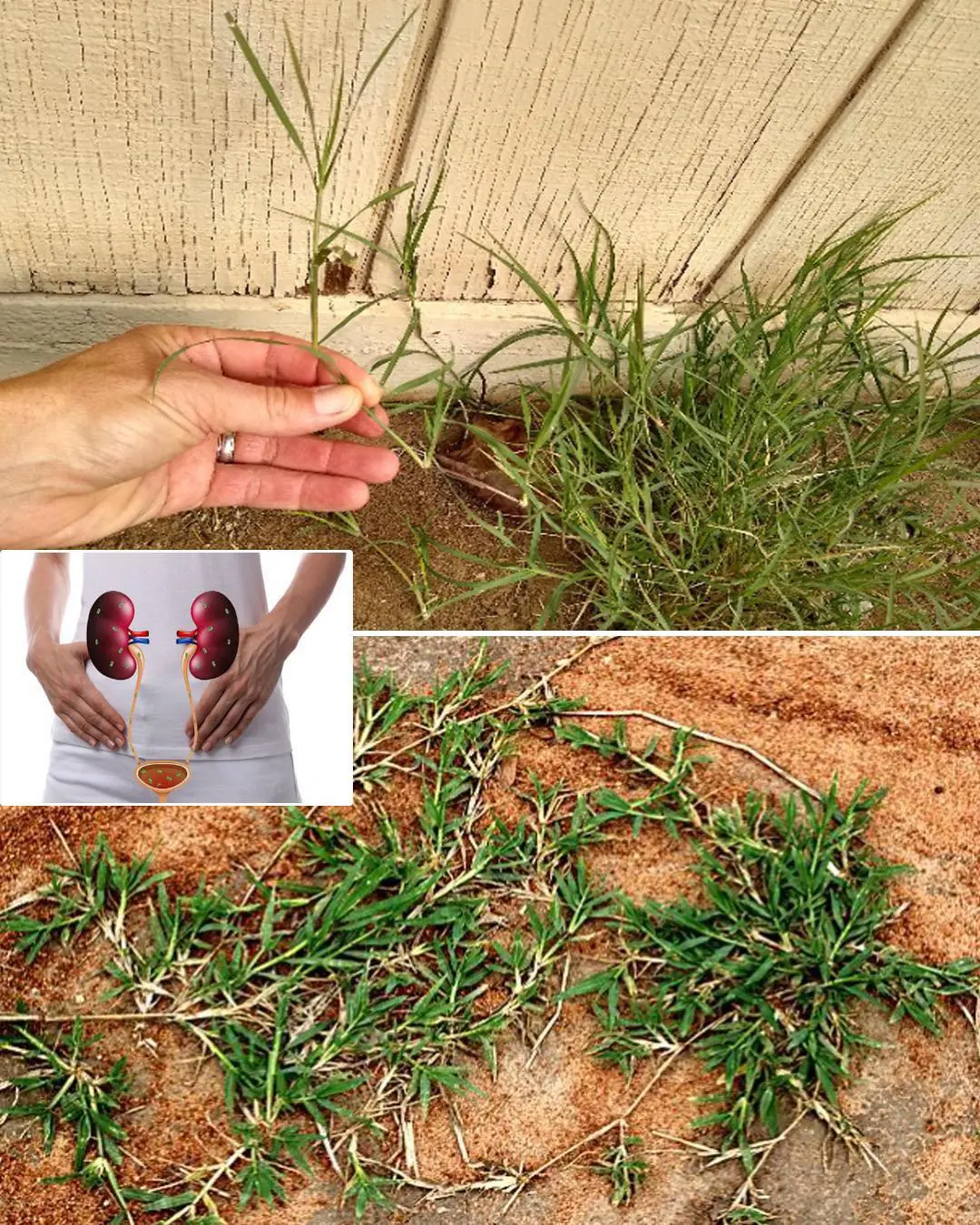
Cynodon dactylon (Bermuda Grass): Benefits and Uses
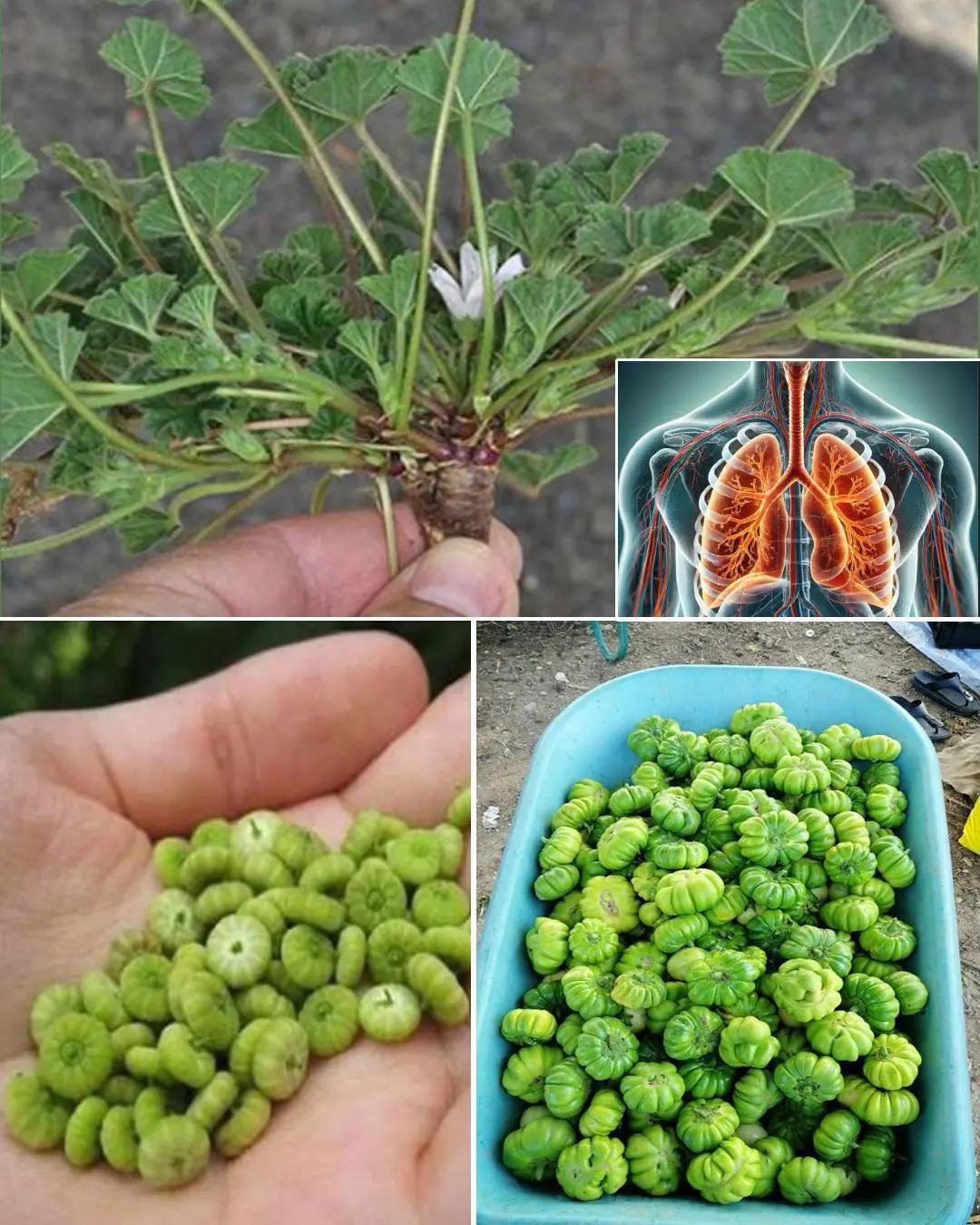
Exploring the Health Benefits of Common Mallow: A Nutritional Powerhouse
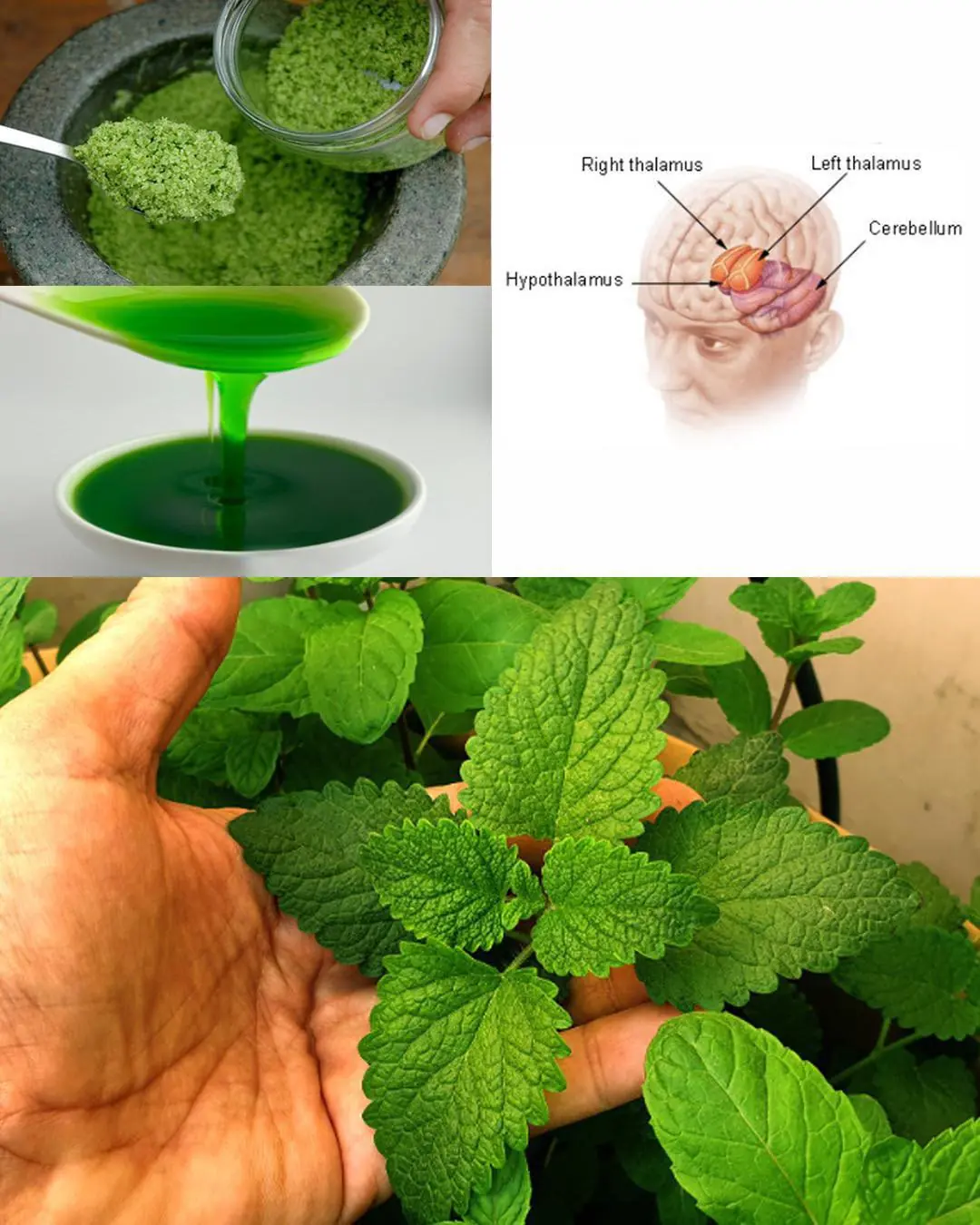
Mint: The Miracle Herb for Health, Healing, and Refreshment
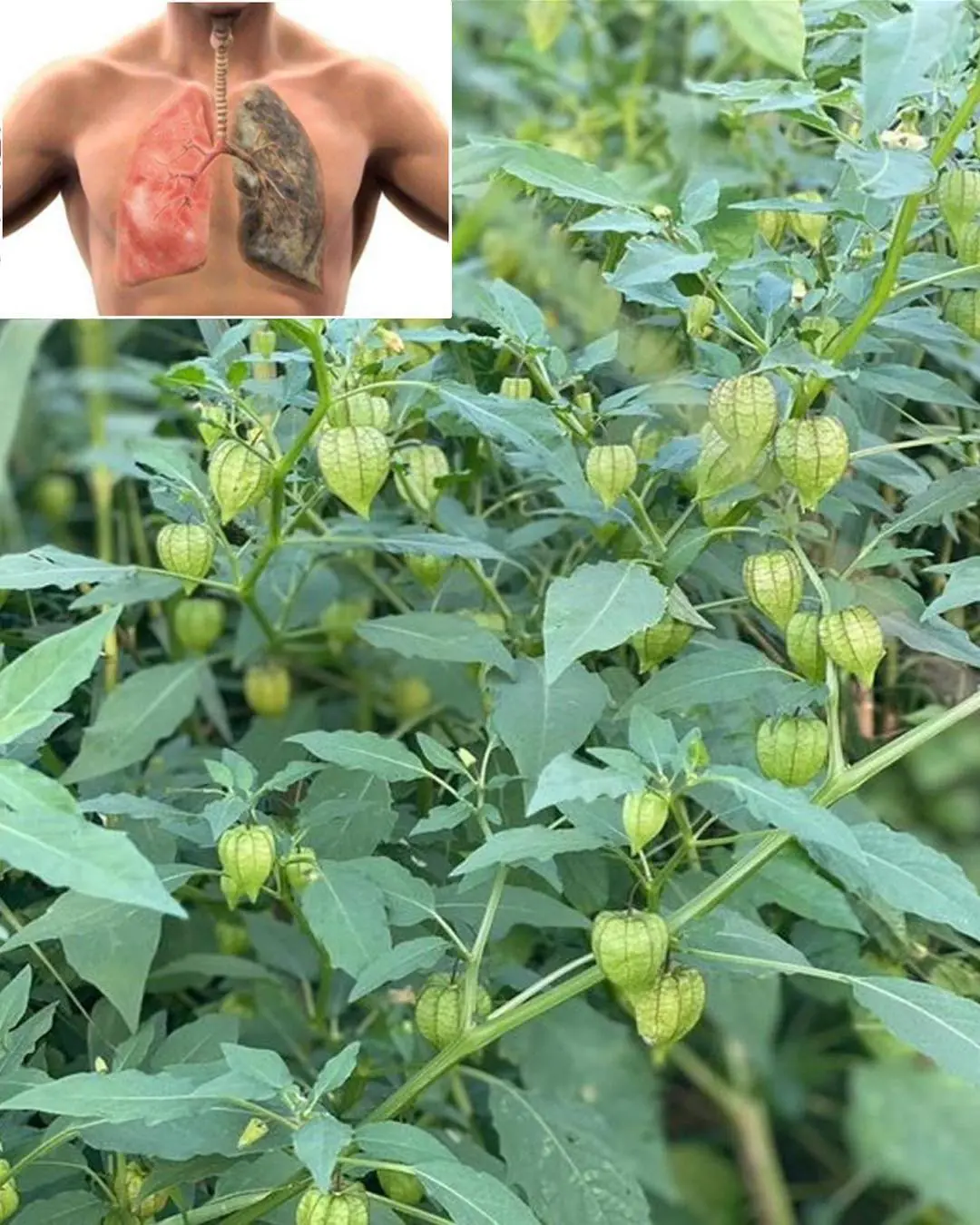
Goldenberries (Physalis peruviana): A Nutrient-Packed Powerhouse for Health and Vision
News Post

The Powerful Health Benefits of Papaya Seeds: Why You Should Include Them in Your Diet

The Wonderful Hazel Tree (Corylus avellana): Nutrition, Healing, and Traditional Uses of Every Part

Boiling a Whole Avocado: The Secret to Softness, Nutrition, and a Delicious Baked Recipe

The Hidden Healing Power of Papaya Leaves

Sugar Apple (Annona squamosa): A Sweet Fruit with Powerful Health Benefits

If you find a centipede at home, here is what it means...

Why We Feel That Little Electric Sh0ck When We Touch Another Person—Science Explains

If a Man Doesn’t Appreciate You, Here’s What You Should Do

25 Worrying Signs Your Body Is Trying to Warn You of Serious Health Problems (and What to Do About Them)

The Hidden Power of Lactuca serriola Root (Prickly Lettuce Root)

Why You Should Stop Waking Up to Urinate

4 types of vegetables are full of parasites but many people still eat them raw every day

Hidden Dangers in Your Mouth: Early Signs of Oral Cancer

Maple Trees from Root to Crown: A Complete Guide to Every Edible Part

7 Signs of Arthritis You Shouldn't Ignore

California Poppy: Nature’s Gentle Remedy for Relaxation and More

What is its purpose. see details

When a woman stops loving a man, she begins…

5 hygiene mistakes that many people make... but no one dares to talk about...
